As a developing economy, India has numerous developmental aspirations. How India meets these goals without worsening the climate crisis is at the heart of CSTEP's work. Addressing climate change and enabling a secure and sustainable future for Indian citizens require an overhaul of previous paradigms on development and resource utilisation. This is reflected in our work on developing low-carbon trajectories for development with an emphasis on nature-based solutions.
We are working with state governments across India to build capacity on risk and vulnerability assessments to inform their respective action plans on climate change. The transition from fossil fuels to renewable energy is crucial to achieving a secure and sustainable future. CSTEP's studies explore the possibility of a greater integration of renewables in the energy sector.

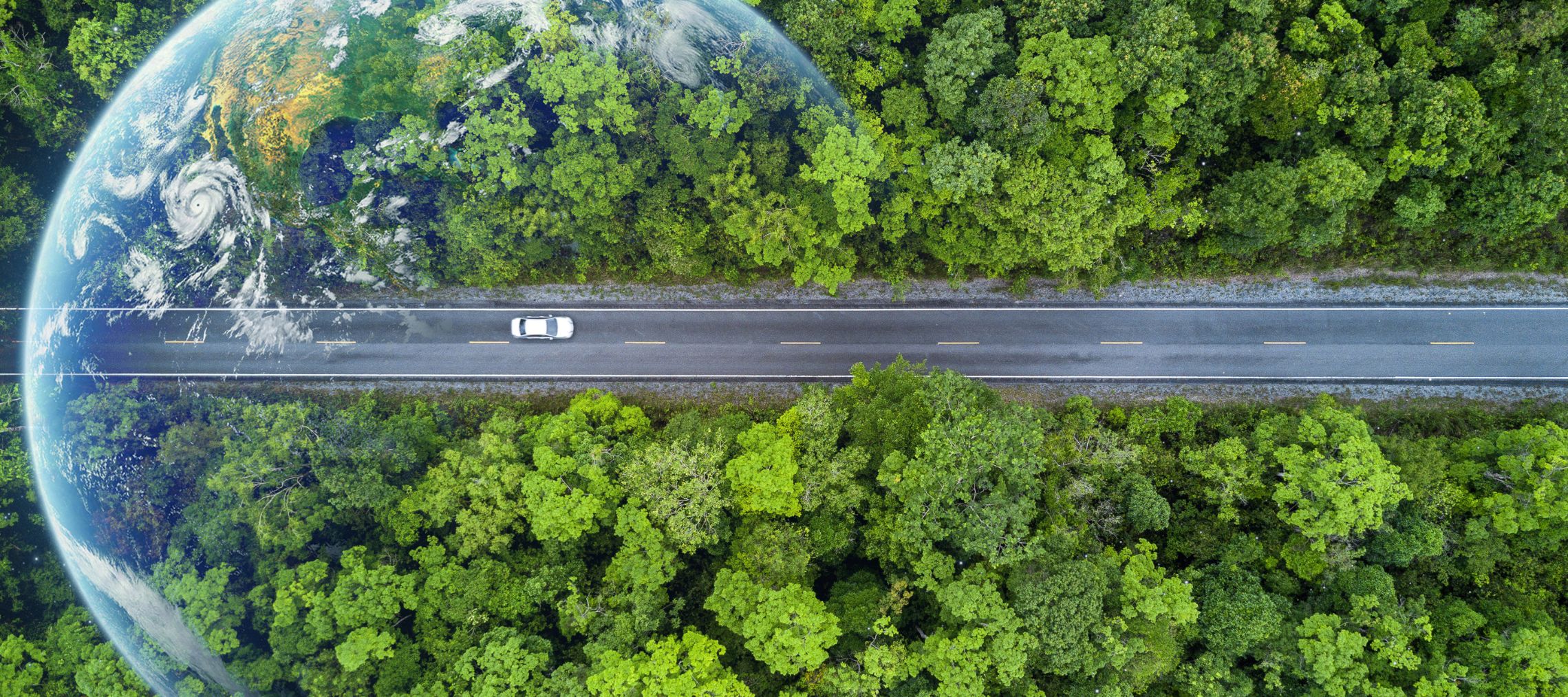
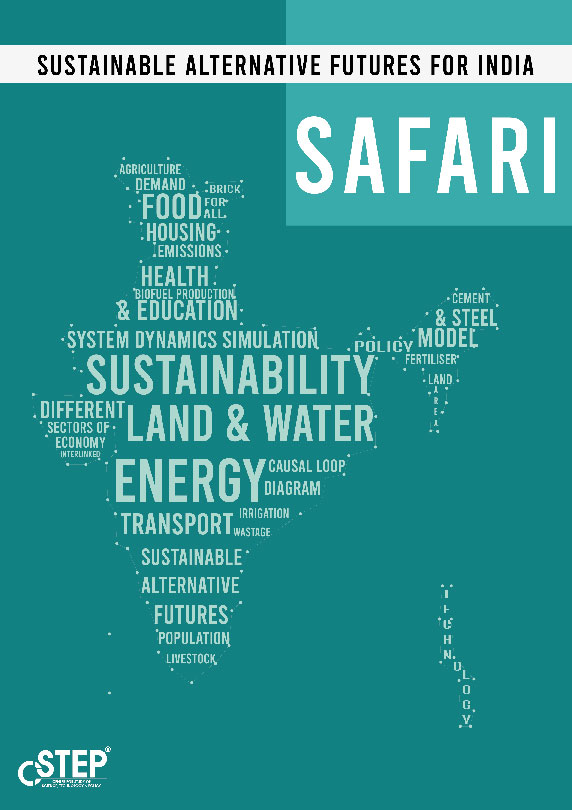
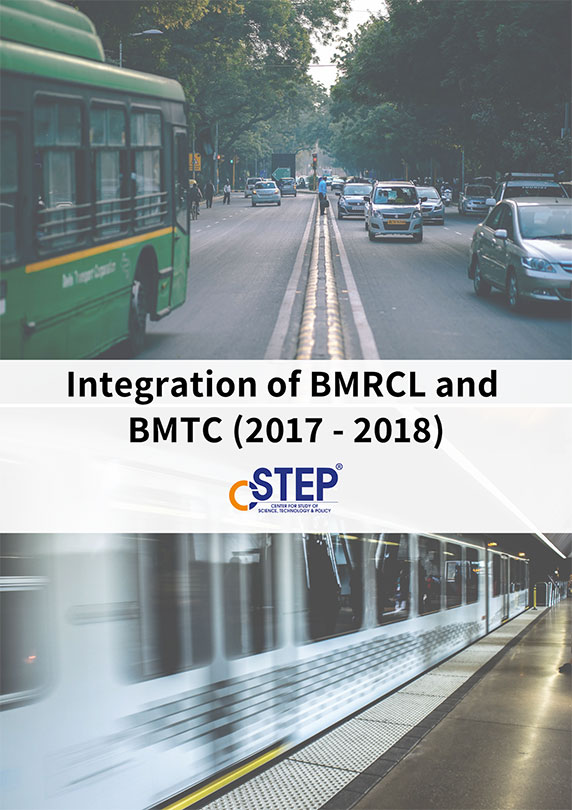
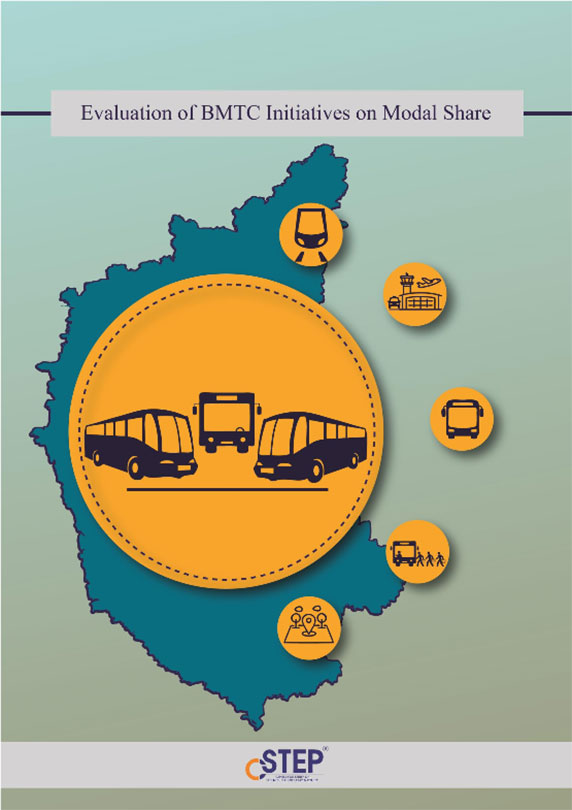
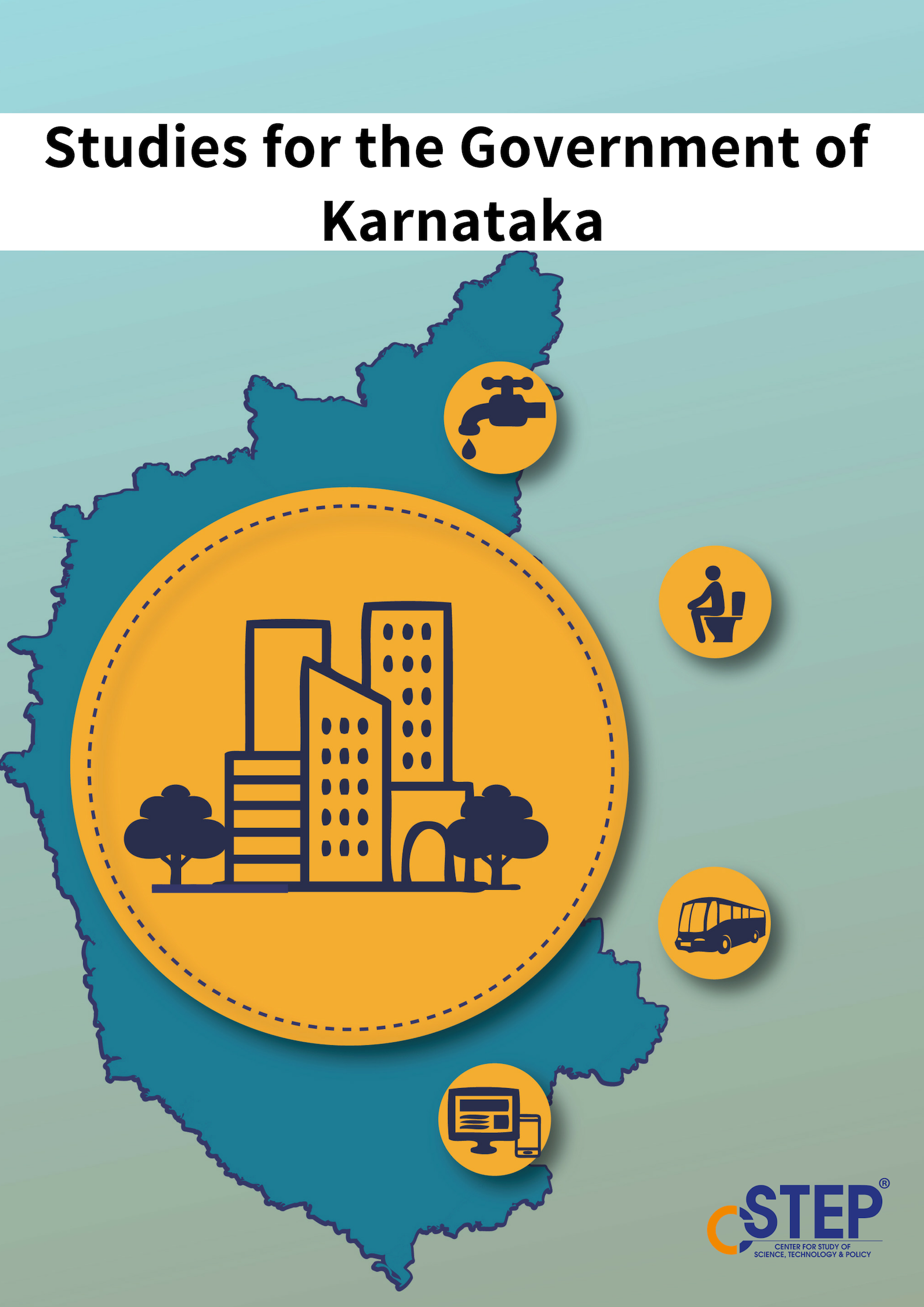

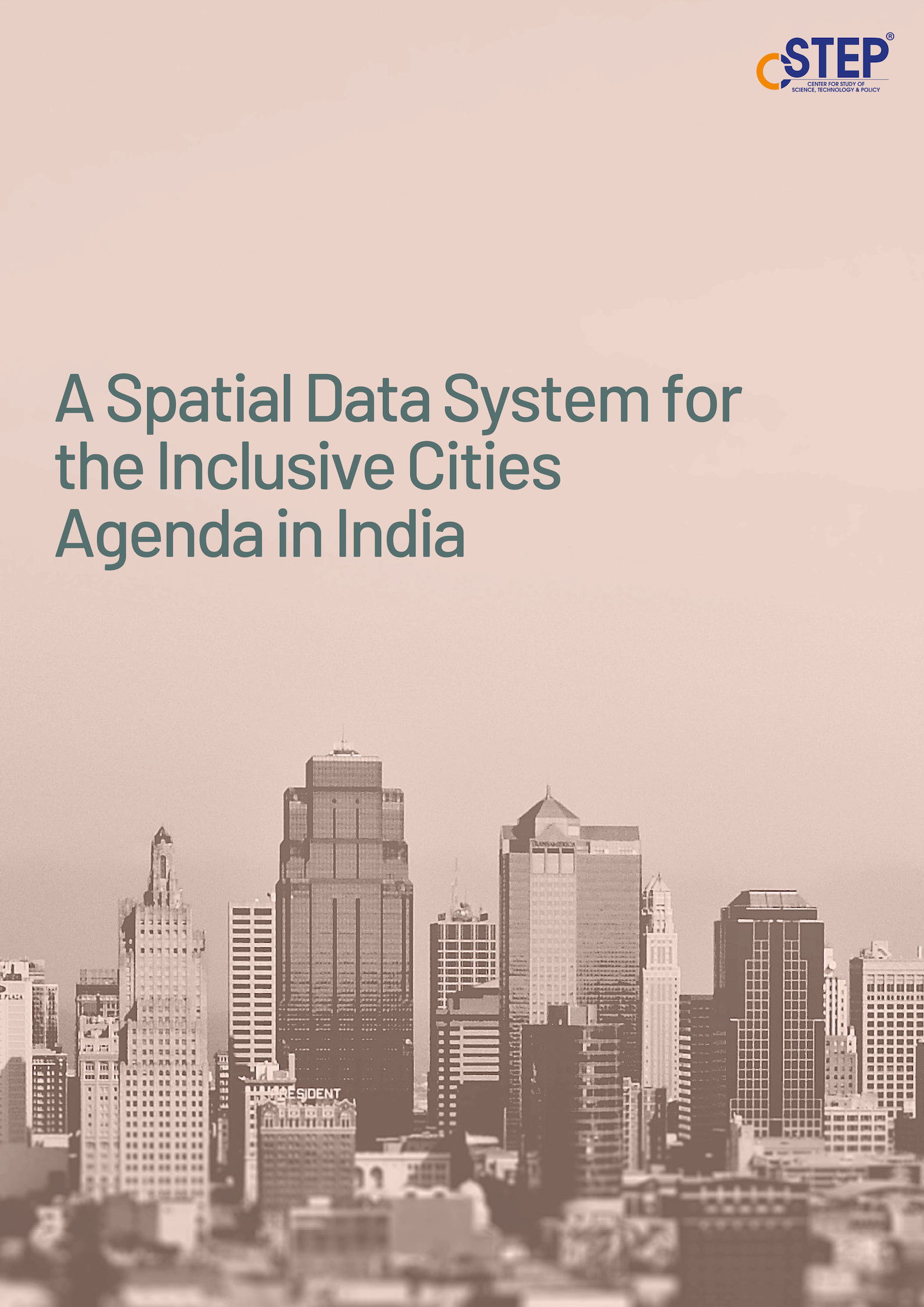

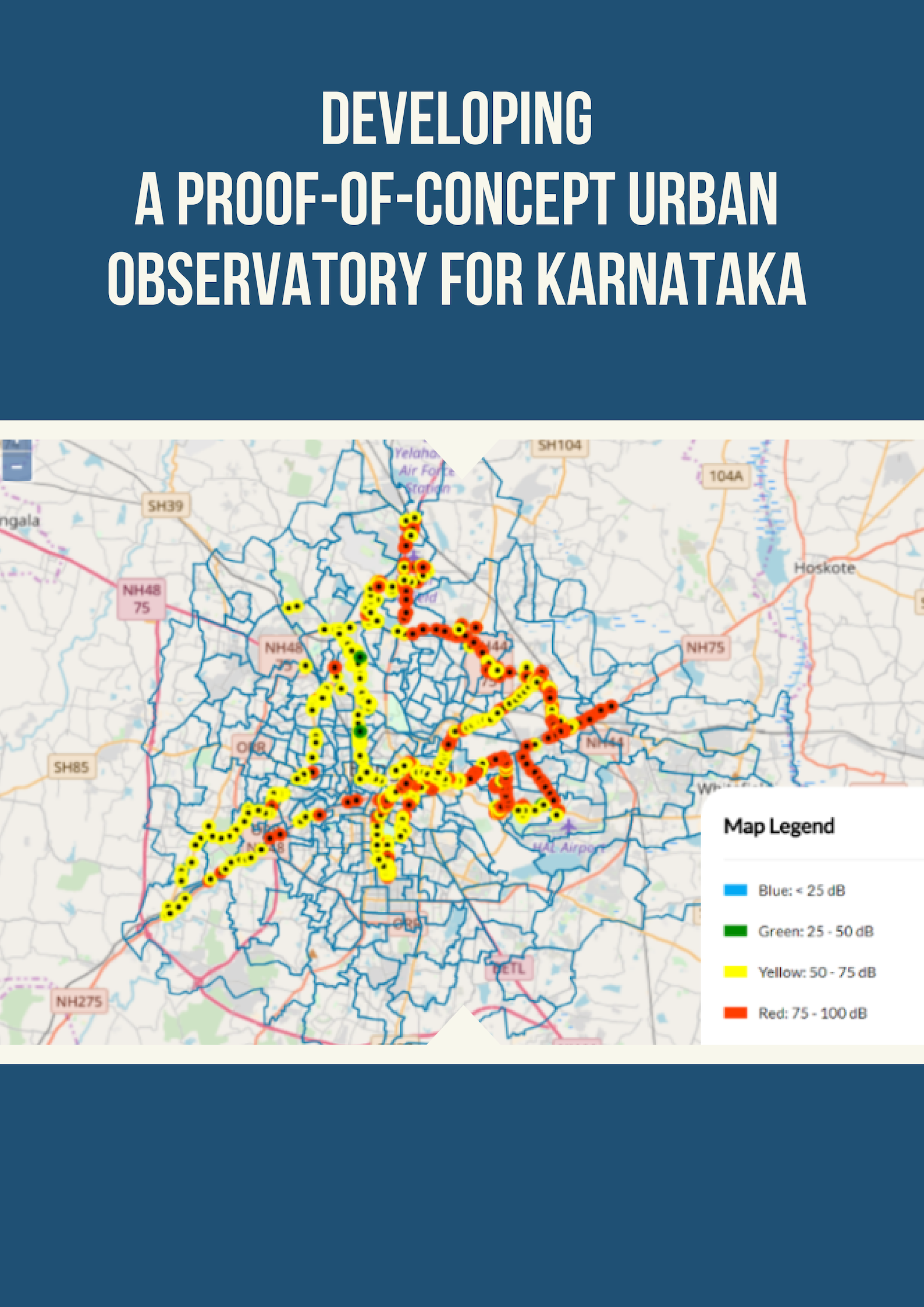
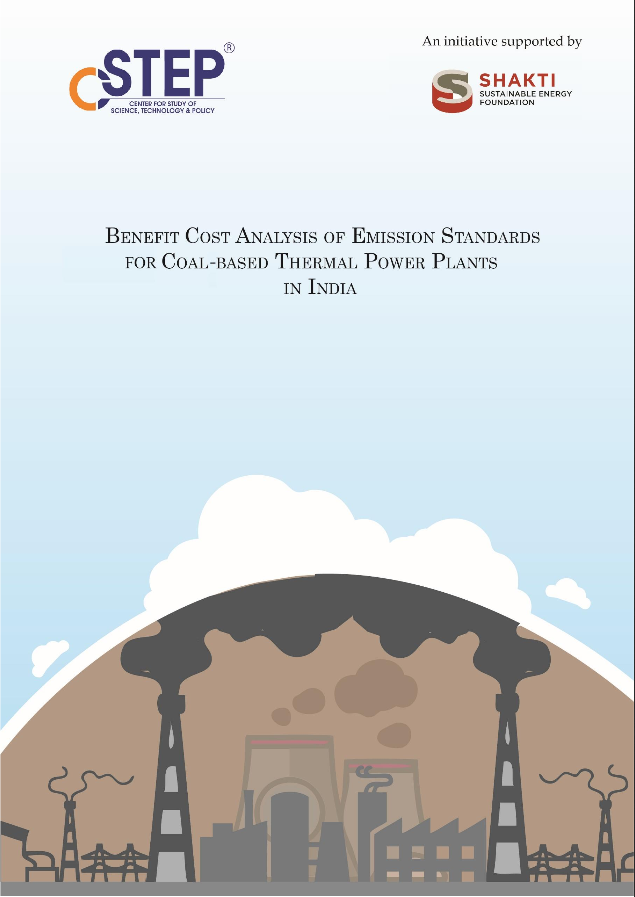


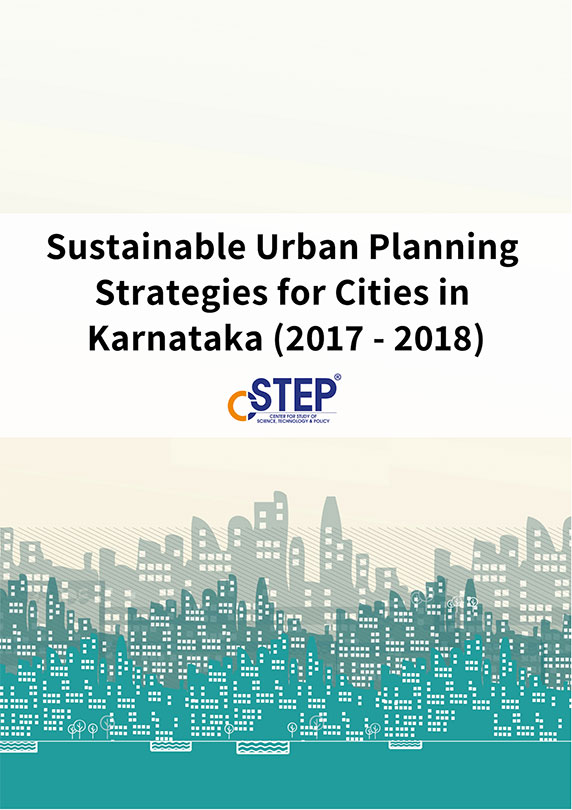



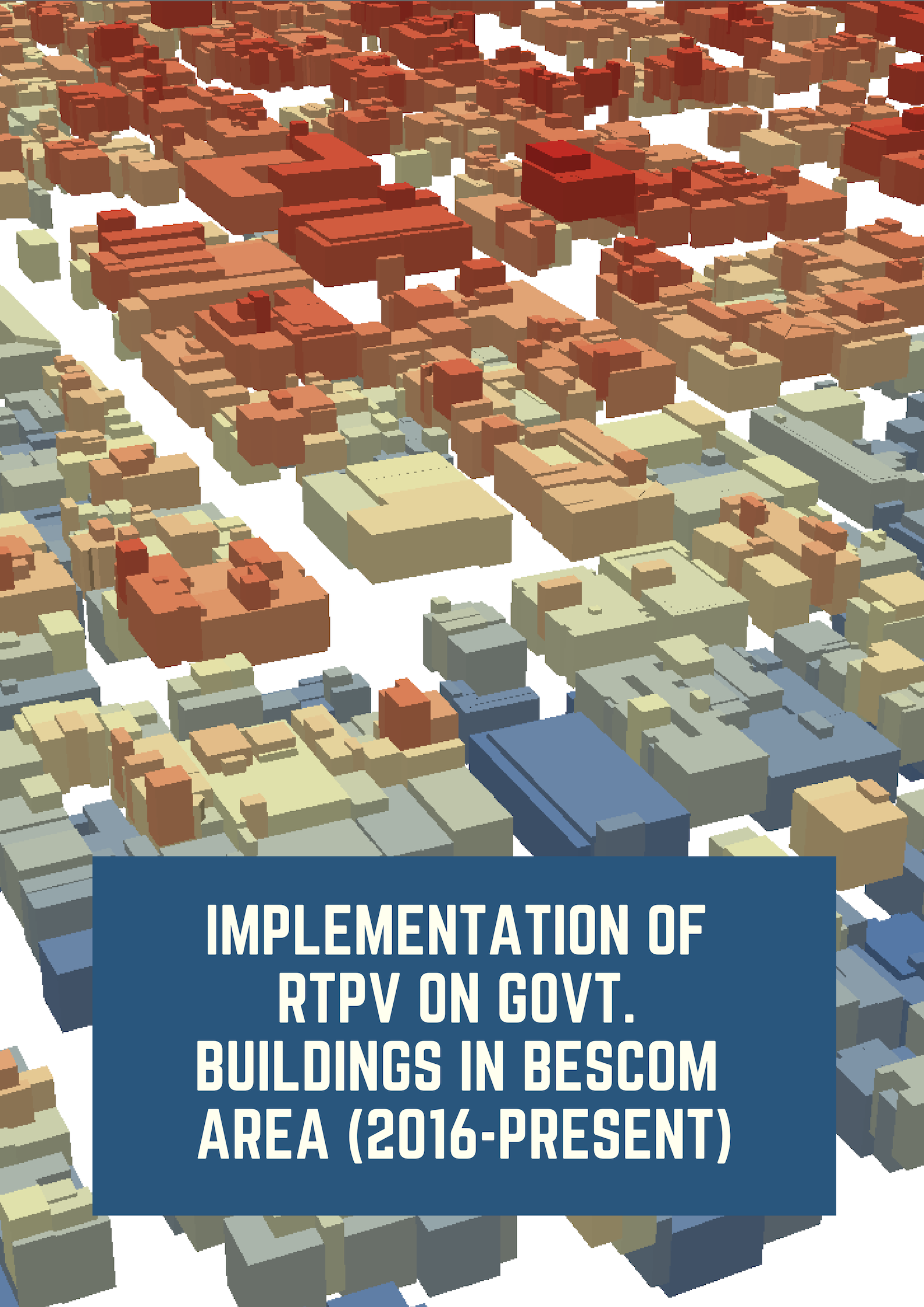
Charging Stations At Residential Apartments Are Key To EV-Charged Future
The massive policy push to electric vehicles (EVs) has prompted India to gear up for large-scale adoption of EVs, with state-wise targets to electrify private as well as public vehicles. Though a report by the Confederation of Indian Industry (CII) estimates the penetration of EVs in the private car segment to reach almost 10% by 2030, today it stands at a dismal 1%.
Tackling Air Pollution at the Source
With 22 Indian cities in the top 30 most polluted cities in the world (IQAir, 2020), our new dependence on pollution management at receptors — such as smog towers, water sprinkling on roads, etc. — will fail miserably unless we prioritise source correction. We lack the capacity to remove all particulate or gaseous pollutants as no existing filtering technology can handle India’s current emission rates.
India Needs Urgent Climate Funding To Keep 1.5°C Alive
The report by the Intergovernmental Panel on Climate Change (IPCC) confirms what we have known all along—the dynamics of climate are being rewritten irrevocably. With the internationally agreed threshold of 1.5°C perilously close to becoming a reality, pressure will mount on India to agree to a net-zero target. The third largest emitter in the world, which has been holding out due to developmental needs, is bound to feel the heat to conform to carbon neutrality by mid-century or thereabouts.
To Stay Afloat, India Needs to Adapt
The Intergovernmental Panel on Climate Change (IPCC) sixth assessment report (AR6) of working group 1 — ‘The Physical Science Basis’ has reinforced our worst fears about the state of climate. The signs of climate change have been visible for some time now. Extreme events in different parts of the world — heat waves in North America, floods in Europe and Asia, and droughts in Africa — have left a trail of destruction and death, challenging the disaster management systems in place.
Pollucheck v1.0: A Package to Explore Open-Source Air Pollution Data
Air pollution impacts human health, quality of living, climate, and the economy (Hystad et al., 2020). To assess its impact and facilitate mitigation actions, quantification of air pollution is vital. Measurements are the most accurate way of quantifying air pollution. Many countries conduct regulatory measurements of various air pollutants (e.g., fine and respirable particulate matter, nitrogen dioxide, sulfur dioxide, and surface ozone) and make the data available publicly.
Sustainable Alternative Futures for Urban India: the Resource, Energy, and Emissions Implications of Urban Form Scenarios
India’s rapid urbanisation underscores the need to balance growing consumption patterns, development goals, and climate commitments. The scenarios presented in this paper were created using our Sustainable Alternative Futures for India (SAFARI) model, a system dynamics model that simulates interlinkages between sectors in India and their competition for resources and energy at the national scale.
Energy and Emissions Implications for a Desired Quality of Life in India via SAFARI
India has to overcome several developmental challenges in the coming decades. Bridging the housing shortage; improving healthcare and education infrastructure; providing 24/7 electricity, clean water, and clean cooking fuels to all; and maintaining food security are some of the challenging goals for India that are in line with the UN’s Sustainable Development Goals (SDGs). The Government of India has also emphasised its commitment to climate action by ratifying the Paris Agreement and formulating Nationally Determined Contribution (NDC) targets.
